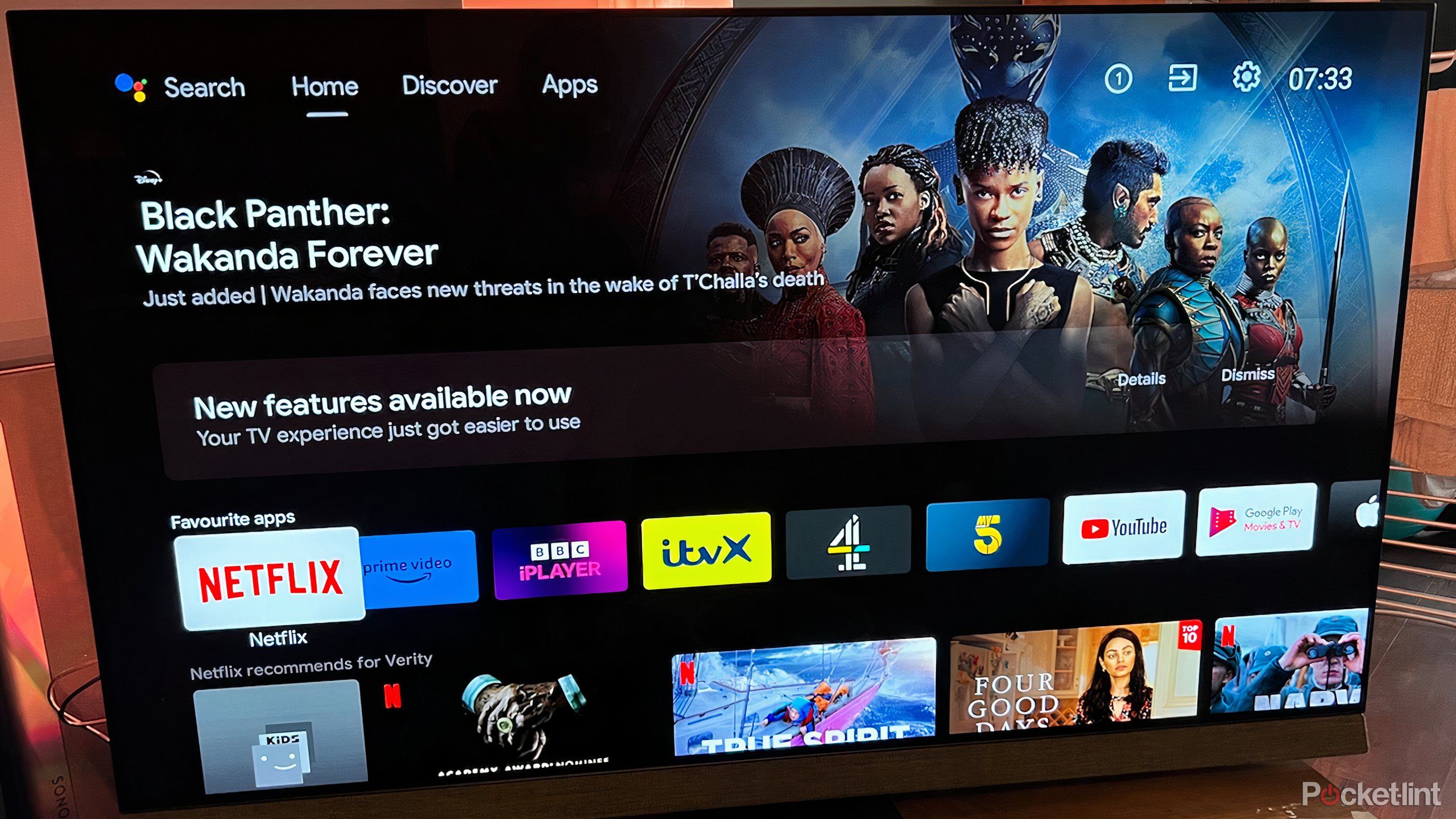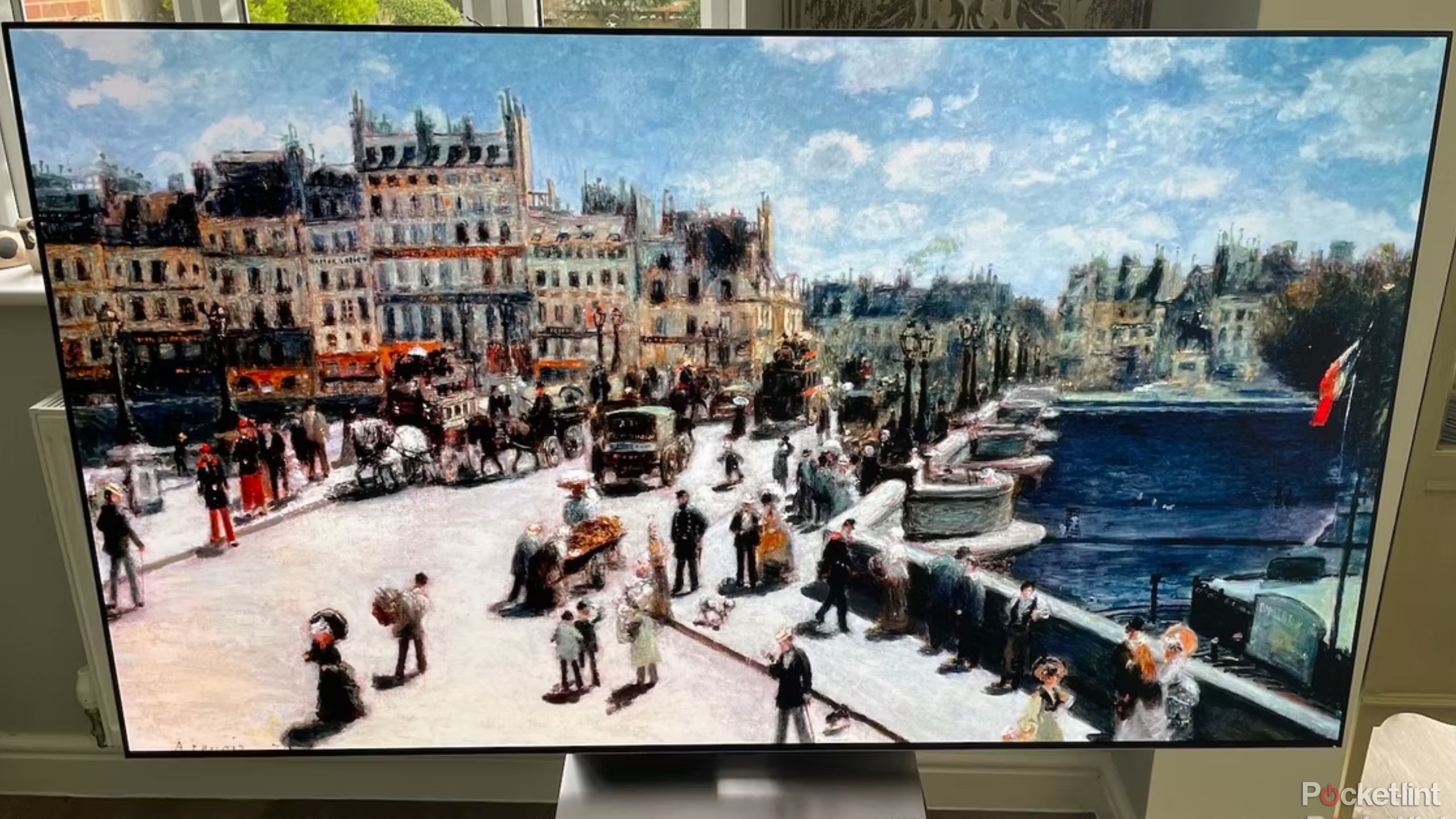Key Takeaways
- Self-emissive pixels mean OLED TVs offer the best contrast, including true blacks.
- OLED TVs provide color accuracy for a faithful, cinematic viewing experience.
- With high refresh rates and low input lag, OLED screens best serve competitive gamers.
Finding the best TV for your viewing lifestyle isn’t an easy endeavor, or a quick one at that. There’s a lot of thought and energy that needs to go into figuring out which TV will act as the center of your entertainment system, and that involves determining what you enjoy on screen. Thus, the screen is a good starting point in the decision-making process.
In general, there are two distinct types of screens available. Organic LED (OLED) TVs feature myriad tiny emissive pixels that can individually be turned on and off. As a result, OLED screens can achieve incredible contrast, with portions of the screen able to turn completely black. LED TVs, alternatively, use blacklight, and while these TVs can achieve impressive brightness as a result, they tend to struggle with contrast, as even though the backlight dims, it can’t turn completely off.
Related
5 reasons I’d buy a mini-LED TV over an OLED TV
The future is bright for mini-LED TVs as they continue to rival OLED screens with stunning colors and quality contrast.
The best OLED TVs work to improve brightness issues, while the top LED screens strive for better contrast by creating small dimming zones. The result is mini-LED screens, which are positioned as the biggest rival to OLED screens. Even with these improvements, here’s why I’m sticking with OLED TVs for now.
1 Best contrast possible
More details with OLED
OLED screens are the standard for true blacks. Because each individual pixel on the screen and turn on and off, it can achieve actual black, instead of gray or charcoal that tends to happen with mediocre LED screens. This also means OLED screens avoid any shadowing or blurring that might occur when there are dark sections on screen. Mini-LED TVs have definitely raised the bar for TVs with backlights, coming as close as can be so far to competing with OLED screens.
Micro-LEDs may be the future of screen technology, but they’re still not quite there yet. These TVs look capable of exceptional brightness and near-perfect contrast, better than mini-LED TVs, but their rarity and exorbitant cost keep them from discussion — at least, for now.
As good as mini-LED TVs are at achieving contrast, they aren’t as good as OLEDs. If you’re watching lots of content created by streaming services, prestige channels, or noteworthy directors (anything really with a cinematic quality to it), then you’ll be better served by a TV that has superb contrast. That’s because so much newer content is made with lighting techniques and theatrical experience in mind. Basically, you want a high-quality TV that can support high-quality content.
2 You want fidelity
Watch content how it was meant to be seen
Netflix/ Pocket-lint
The ability to faithfully recreate a filmmaker’s vision at home is an important quality in a TV for many consumers, myself included. OLED TVs are the best at the task. Many feature modes that adjust, either automatically or with some work on the part of the viewer, to adhere to the parameters set forth by a filmmaker or creator.
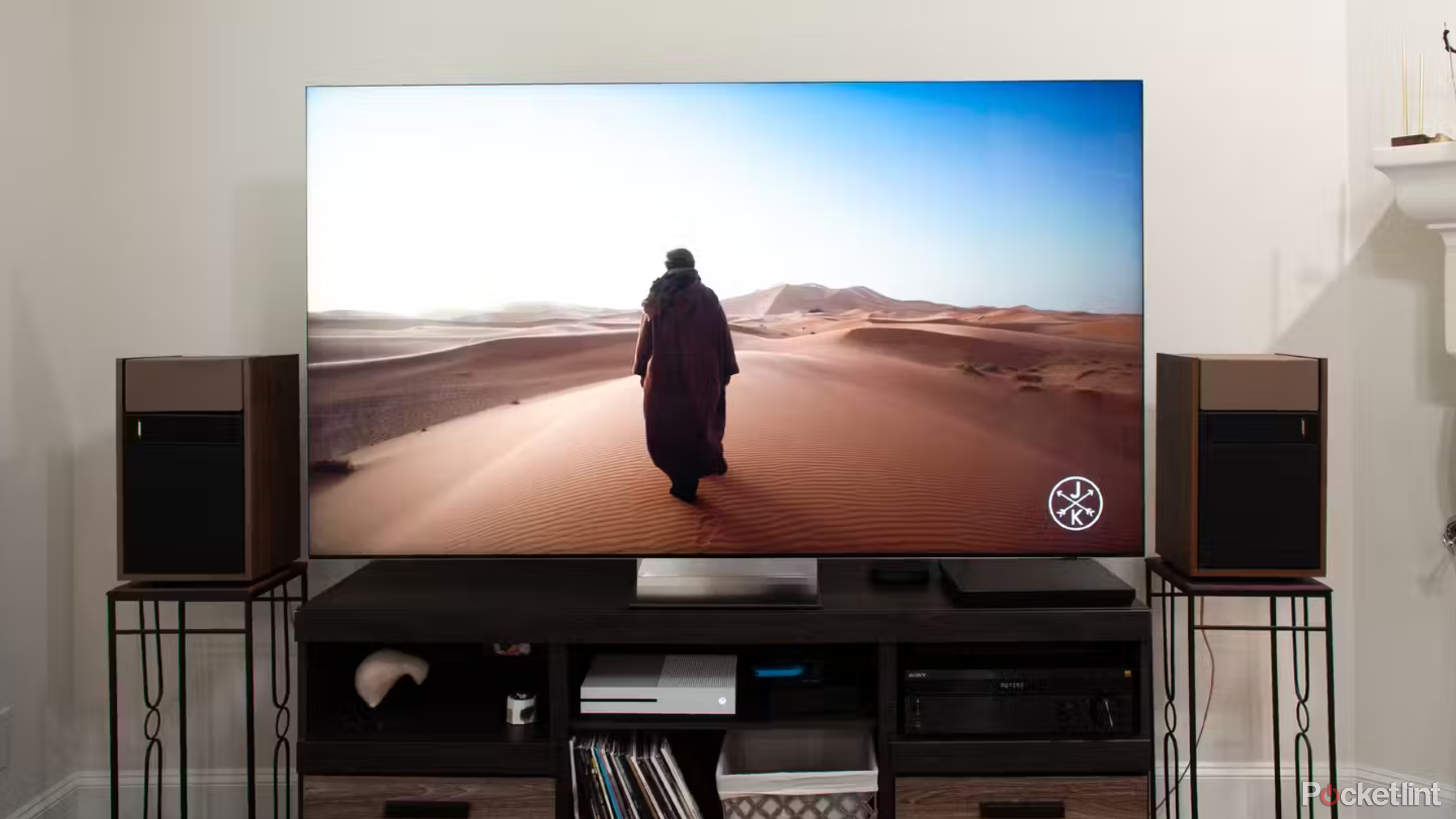
Related
I made my TV’s picture quality better using these 5 tricks
Smart TVs aren’t always intuitive, but there are ways to get the best image possible.
While brightness is a valid concern when it comes to some OLED TVs, they still triumph when it comes to color accuracy, making them superior for the viewing titles the way they were meant to be viewed.
Fidelity in general is a concept that most TV manufacturers are working on, particularly with advances made with artificial intelligence. Newer LED TVs are capable of worthy fidelity, and presets like Filmmaker Mode, a collaborative effort by those in the movie industry and TV companies, are available on both OLED and LED TVs. Even so, OLED TVs are better at the moment at achieving not just accurate contrast, but also accurate color display. While brightness is a valid concern when it comes to some OLED TVs, they still triumph when it comes to color accuracy, making them superior for the viewing titles the way they were meant to be viewed.
3 You’re a serious gamer
OLED is key for online play
OLED screens boast some important specs when it comes to gaming. Among those are the ability to achieve a high refresh rate and allow for a fast response time. These standards are particularly important for online gaming, especially competitive online gaming that takes place in vast worlds. For such games, it’s vital that there is no input lag or delay in the screen refreshing, as every second, well, nanosecond, provides an edge.
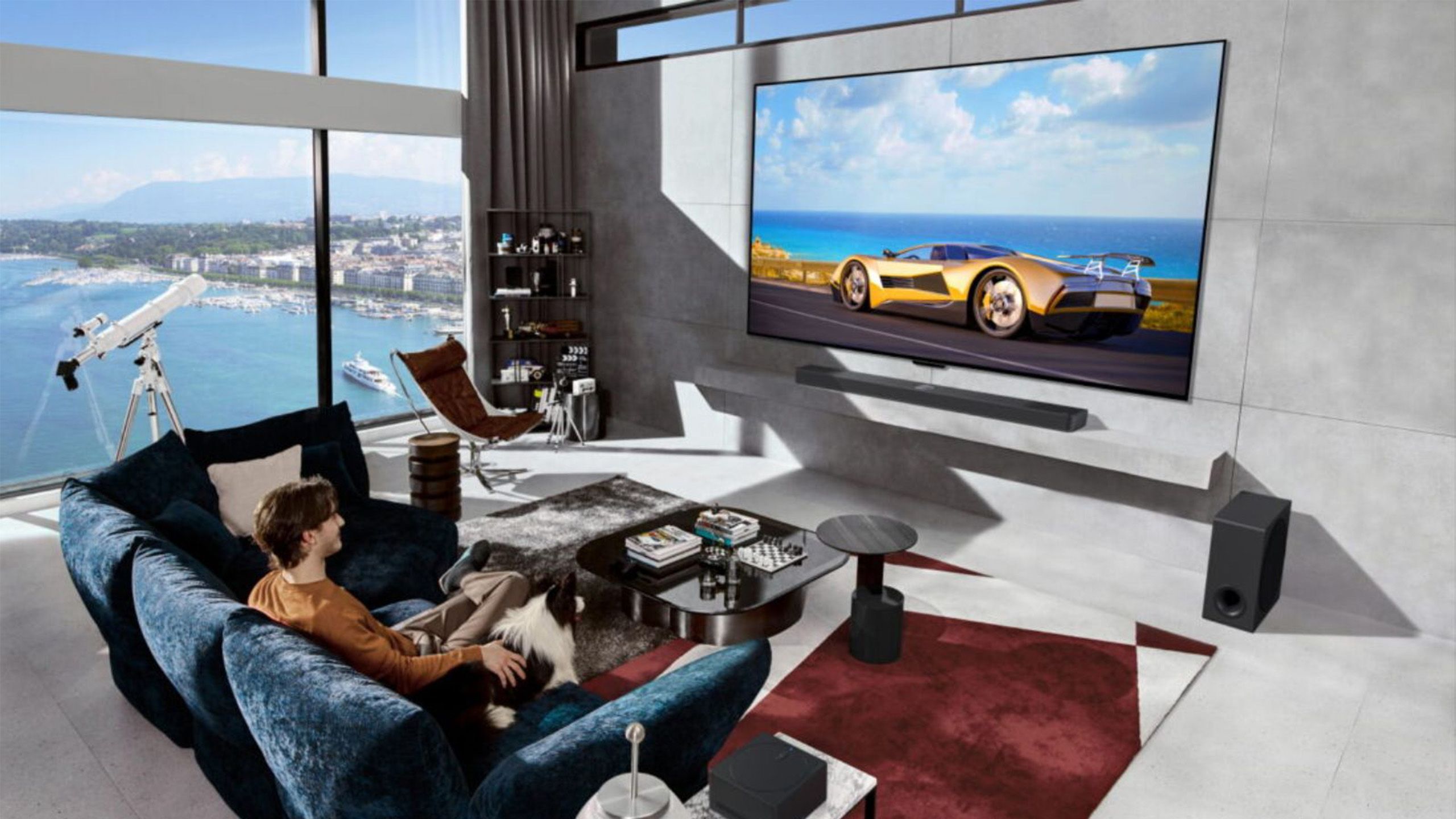
Related
7 things to know about LG’s new C4 OLED TV
LG’s newest OLED TV lineup will release on March 18th, with the C4 OLED TV as a highly anticipated model. Here’s what to know before buying.
Most OLED TVs will come with a specific gaming mode, in which important settings are optimized in order to provide the best experience for gamers. These settings may automatically come on when detecting a gaming console, or they may be adjusted by the player depending on the TV. The same benefits OLED TVs provide viewers of high-quality, cinematic content are also afforded to gamers of newer titles on the fastest consoles. Just like TV shows and movies, there is no shortage of games played in dark settings and unsettling environments, and OLED TVs make them all the more immersive with their contrast quality.
4 You can create a theater experience
A cinema at home
In general, mini-LED TVs are brighter, and as such, they best serve those who watch TV in spaces that may not be completely dark. They battle ambient light better with a picture that stays bright even when the light around the TV is also bright. However, that’s not the theatrical experience that filmmakers, and some viewers, want.
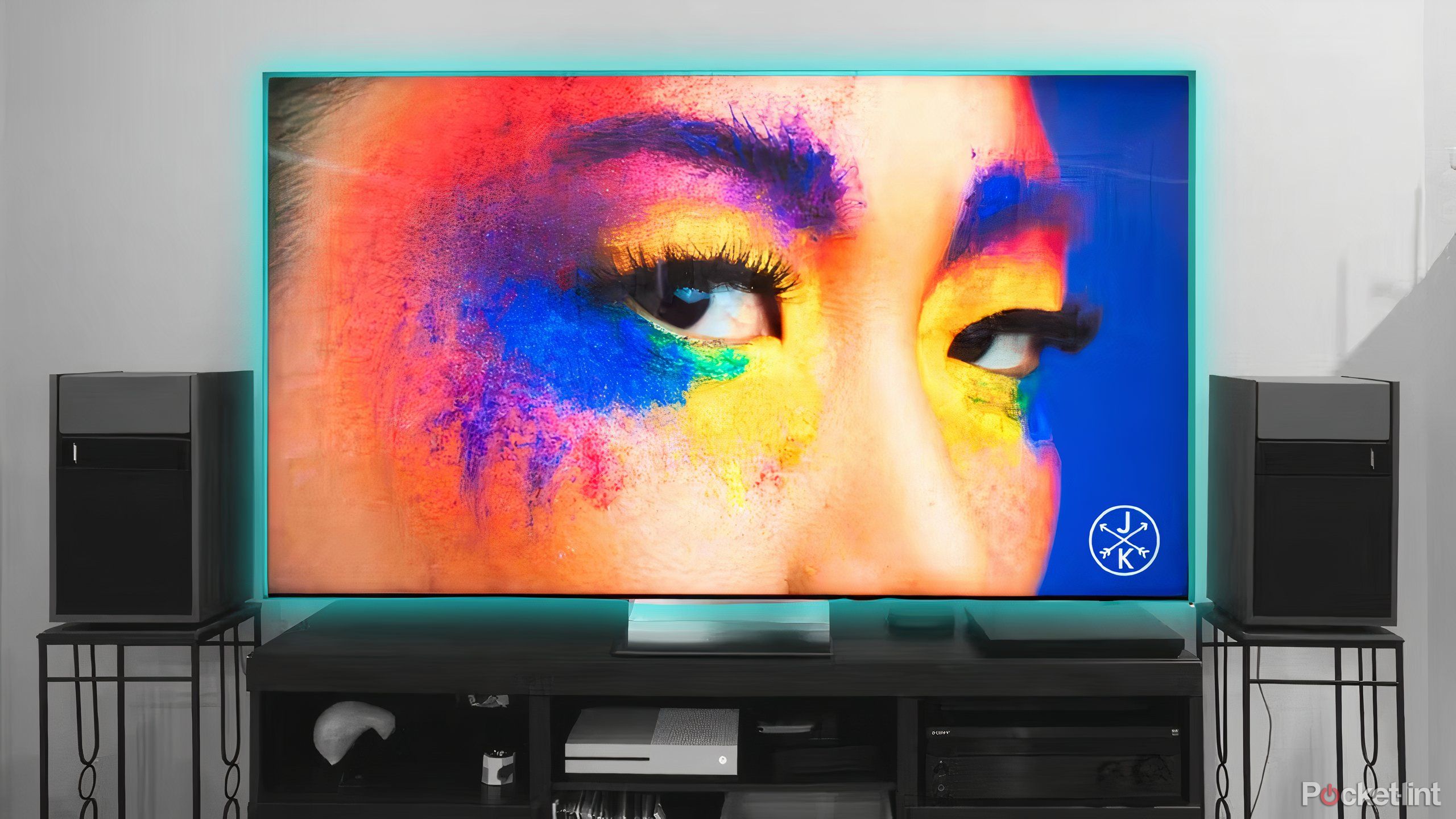
Related
I made my TV’s picture quality better using these 5 tricks
Smart TVs aren’t always intuitive, but there are ways to get the best image possible.
If you have the means to create a more cinematic environment at home, that is one without no inside or outside light and preferably and more involved sound system, then OLED TVs will be your screen of choice for this situation. Because of the impressive contrast, OLED TVs are suited to dark viewing environments. This arrangement will also allow the colors to pop more, and any potential issues with peak brightness will be nonexistent.
Ultimately, OLED TVs do come with a higher price tag than their competitors, but that’s for good reason. Image fidelity allows you to watch the content you want without sacrificing any substance. There is no confusion or distortion when it comes to watching darker scenes on screen, so all your viewing habits, and gaming preferences, can stay intact.
Trending Products

Cooler Master MasterBox Q300L Micro-ATX Tower with Magnetic Design Dust Filter, Transparent Acrylic Side Panel…

ASUS TUF Gaming GT301 ZAKU II Edition ATX mid-Tower Compact case with Tempered Glass Side Panel, Honeycomb Front Panel…

ASUS TUF Gaming GT501 Mid-Tower Computer Case for up to EATX Motherboards with USB 3.0 Front Panel Cases GT501/GRY/WITH…

be quiet! Pure Base 500DX Black, Mid Tower ATX case, ARGB, 3 pre-installed Pure Wings 2, BGW37, tempered glass window

ASUS ROG Strix Helios GX601 White Edition RGB Mid-Tower Computer Case for ATX/EATX Motherboards with tempered glass…


